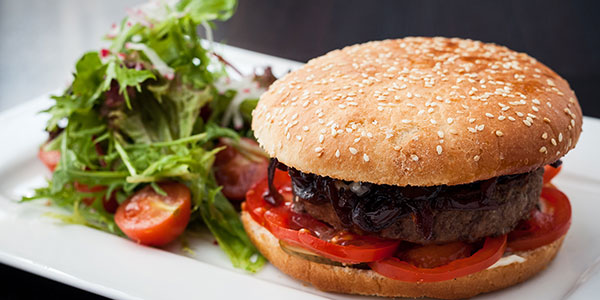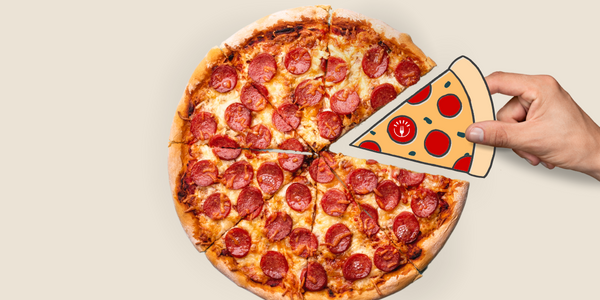
In the weight loss world, the focus is typically what not to eat on a diet. The good news is all foods can fit into a well-balanced diet. Instead of avoiding foods, focus on foods you can eat. Food is a huge component of our living, social lives. Restricting and limiting foods can become a stressor when food should ultimately be enjoyed and appreciated. Depriving yourself of foods can lead to binge eating later down the road.
Foods to avoid on a diet are thought to be breads and pastas, dairy products, red meats, starchy vegetables, and sweets. Cutting out such a wide variety limits a large amount of health benefits each provides; fiber from bread, iron from red meat, vitamins from starchy vegetables, and well, a sense of satisfaction from something sweet.
The Not-So-Secret Secret
Dieters often seek out for the hidden "secret" to weight loss. In reality, the main key and "secret" to healthy dieting is focusing on moderation, being mindful, and embracing a complete lifestyle change. The common theme to foods you can eat on a diet really comes down to this: filling your plate with nutrient-dense foods. From whole wheat noodles providing fiber and B vitamins to peppers providing phytonutrients, they all reap benefits to the body. Even though all foods have the ability to fit in a healthful diet, simple tweaks when preparing and choosing foods can maximize nutrients without sacrificing flavor. You'll be surprised to see the foods you love featured on the "diet menu."
Need a little inspiration?
Here are four dish tips that will please taste buds and the waistline:
1. Pasta: Pasta dishes with white sauce tend to provide a mass amount of fat and calories. Smarter options would be choosing a whole wheat pasta noodle and a red sauce or olive oil. If limiting white sauce cannot be negotiated, be mindful of the amount or try mixing the white and red to get the best of both worlds. Adding fresh or frozen vegetables can help bulk the pasta and reduce the risk of overeating noodles.
2. Chinese: Like pasta, bulk the dish with veggies to reduce rice overconsumption. Some meats can be battered and fried. Meats that skip the fryer contain the same amount of protein without the added fat. To decrease the sodium, look for soy sauces labeled as reduced sodium and use a proper serving size.
3. Burritos: The key to a nutritious burrito is recognizing what is being added. With so many tasty filling options, burritos can grow in size quickly. However, it is okay to have a big burrito when filled with lean meats and beans, colorful peppers, and green lettuce. The fat content can be minimized by limiting the amount of cheese, sour cream, and guacamole. "Naked" burritos (without the tortilla) can help decrease the calorie content without sacrificing the fresh flavors a burrito offers.
4. Hamburgers: Burgers are a great source of protein. When ordering a burger, choose a lean beef or turkey patty to decrease fat. Also go with a whole wheat bun if available. Load up with fresh veggies like crisp lettuce, tomatoes, and peppers. Going bun-less and choosing a side salad over French fries are other alternatives to reduce calories. Be mindful of condiment sizes, as mayonnaise and ketchup can increase the overall fat and sugar content.







